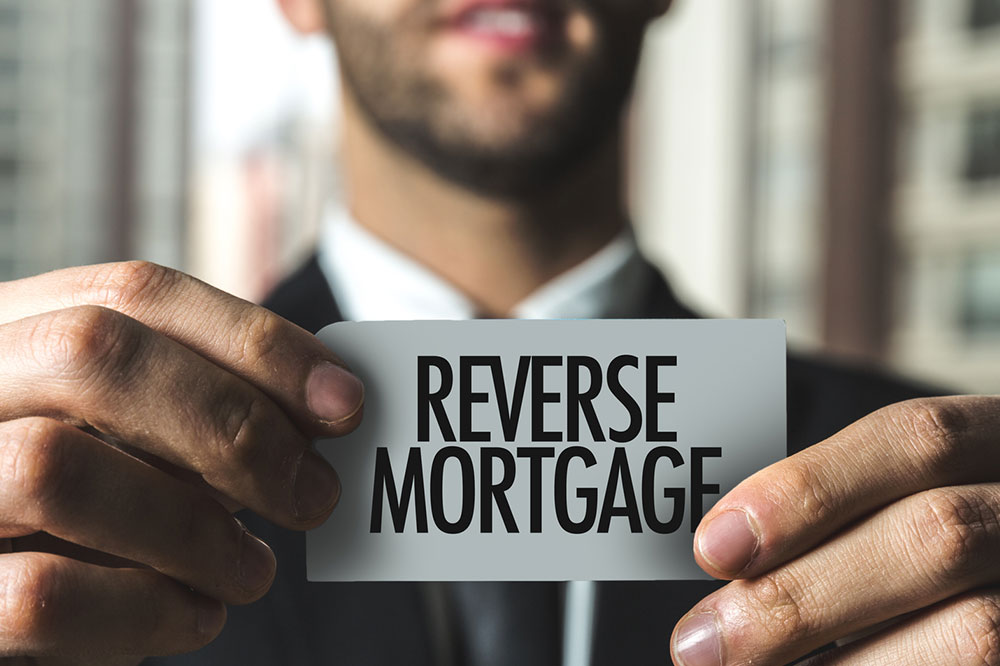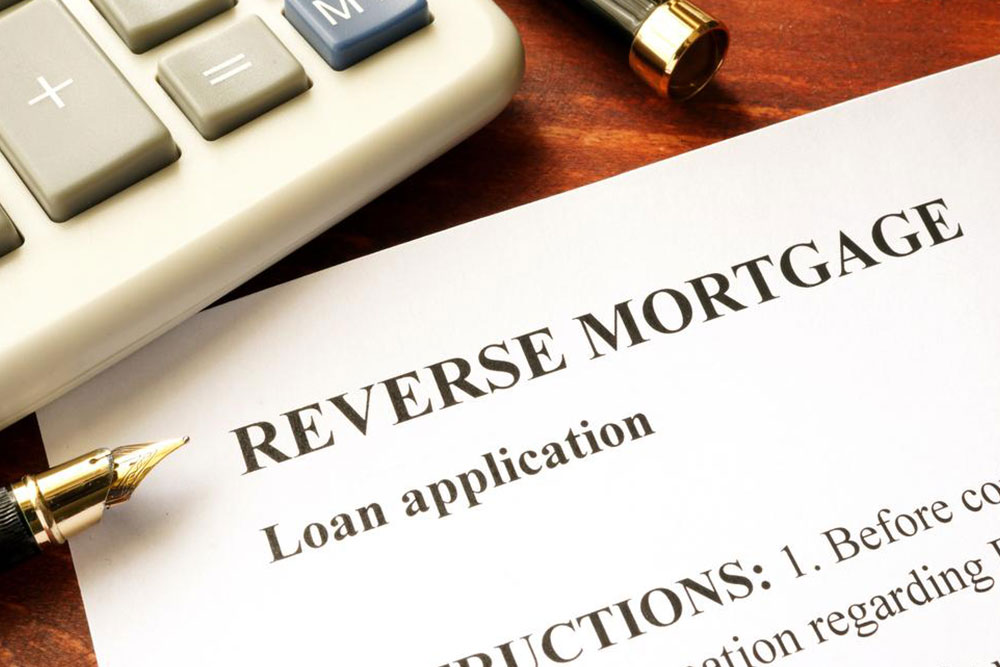Comprehensive Guide to AARP Reverse Mortgages for Senior Homeowners
This comprehensive guide explores the essentials of AARP reverse mortgages, highlighting their benefits for seniors while discussing the risks and important considerations. It emphasizes the importance of financial assessment, ongoing property responsibilities, and mandatory HUD counseling to ensure informed decisions. Perfect for retirees seeking to leverage home equity responsibly, this article offers detailed insights into how reverse mortgages can support your retirement plan, with tips to avoid common pitfalls and maximize advantages.

Essential Information About AARP Reverse Mortgages for Seniors
In recent years, an increasing number of retirees have turned to reverse mortgages as a way to supplement their income and manage their expenses during retirement. While reverse mortgages can provide significant financial relief, they also come with complexities and potential risks that need careful consideration. Many seniors are drawn to this financial product because it allows them to tap into their home equity without the pressure of monthly mortgage payments. However, understanding how these loans operate, their benefits, and their pitfalls is crucial before making a commitment.
A reverse mortgage, particularly one offered through the American Association of Retired Persons (AARP), enables eligible seniors to convert part of their home equity into cash. This money can be used for various purposes such as paying medical bills, home repairs, daily living expenses, or even paying off existing debts. Unlike traditional mortgages, reverse mortgages do not require monthly payments. Instead, the loan is repaid when the homeowner sells the house, moves out permanently, or passes away. This unique feature makes reverse mortgages an attractive option for seniors seeking financial flexibility, but it's essential to understand the specific details involved to avoid pitfalls.
One critical aspect of reverse mortgages is that the homeowner must continue to own and maintain their property. The home remains collateral for the loan, which means that homeowners are responsible for property taxes, homeowners insurance, and upkeep. Failure to meet these obligations can lead to default and possible foreclosure, despite the loan arrangement. Therefore, before opting for an AARP reverse mortgage, seniors should evaluate their ability to handle ongoing homeownership expenses.
Obtaining a reverse mortgage requires a thorough financial assessment by lenders. This process can be more challenging for retirees with limited savings or fixed incomes. Lenders will scrutinize the borrower’s financial stability and ability to keep up with property taxes, insurance, and maintenance costs. If a homeowner is unable to maintain these payments, the risk of foreclosure increases, which could result in losing the home. Foreclosure occurs when the lender seizes the property and sells it to recover the owed amount, including interest and fees. In cases where the sale proceeds fall short of covering the loan, the government or the lender absorbs the loss, depending on the circumstances.
Conversely, if the home sells for more than the loan balance at the time of sale, the excess amount generally goes to the homeowner or their heirs. This potential for remaining equity can be an attractive feature of reverse mortgages, offering peace of mind and financial security during retirement. In addition, for married couples, it is advisable that both spouses are included in the loan agreement. This ensures that the surviving spouse can continue residing in the home even if one spouse passes away or moves out.
Before proceeding with an AARP reverse mortgage, it’s mandatory to undergo housing counseling from the Department of Housing and Urban Development (HUD). This counseling aims to educate borrowers about the full scope of the loan, including costs, obligations, and alternatives, providing transparency and helping seniors make informed decisions. It’s equally important for borrowers to evaluate whether a reverse mortgage suits their long-term financial goals and circumstances. Often, reverse mortgages should be viewed as a last resort after exploring other options such as downsizing, government assistance programs, or personal savings.
In summary, while the AARP reverse mortgage can be a valuable financial tool for seniors looking to unlock home equity, it’s essential to approach it with full knowledge of its mechanics and implications. Proper planning, understanding of your financial capacity, and professional counseling are key components to ensuring that this option aligns with your retirement strategy. Ultimately, reverse mortgages can enhance quality of life in retirement, but only when used responsibly, with clear awareness of the potential risks and benefits involved.





